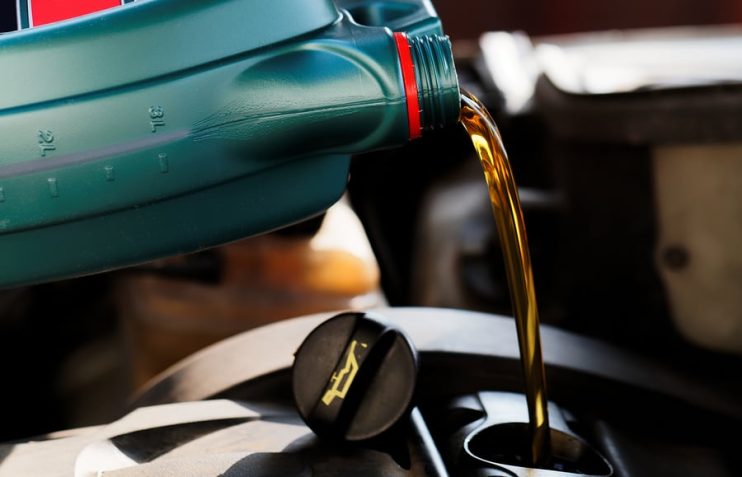
Servicing your car is not as difficult as you might think. There are plenty of small jobs you can do yourself and there’s loads of information in your owner’s manual, telling you about the service window. Many jobs will need to be completed periodically after a set number of miles.
Even though it might seem a little daunting or complex, many of these jobs are actually quite simple and it’s a good way to keep your car in order. You’ll improve comfort and performance, and also reduce the chances of more major problems occurring in the car, which could save you thousands in repair bills.
With modern mechanics you might find that servicing can get very expensive when you add in the parts as well as labour. More people are taking on basic tasks themselves, as there is plenty you can do that doesn’t involve working on major components such as the exhaust or engine block.
This article does not present a fully exhaustive list, but should give you a number of key tasks that you can take on yourself.
Table of contents:
- Engine oil
- Oil filter
- Timing belt
- Air filters
- Spark plugs
- Lights
- Brake parts
- Tyres
- Windscreen wipers
- Brake fluid and coolant
- Battery
- And finally
Engine Oil
You will need: car jack, new plug/washer, oil pan, spanner for drain plug.
Oil in your car ensures the good running of the engine. It lubricates essential components in your car and prevents wear from fatigue and friction. To maintain a good level of oil in the car it is important to regularly check the dipstick to see if the levels need topping up.
It needs changing periodically in accordance with the timespan noted down in your owner’s manual. Usually this is around every year or 10,000 miles but varies for each car and make. Wear latex gloves and take care with how you dispose of your old oil as it is illegal to put it into drains.
Replacing oil is a simple task when you know how. Warm up your car first and be sure to remove the oil cap to prevent a vacuum in the system that could stop all the oil from properly draining
Use the jack to get under the car and drain the oil by removing the old sump plug and using a pan to catch the oil. When the oil completely drained replace the plug with the new plug/washer and refill the oil, through the standard hole in the engine. Make sure you do not overfill the oil or you will have to drain it all over again.
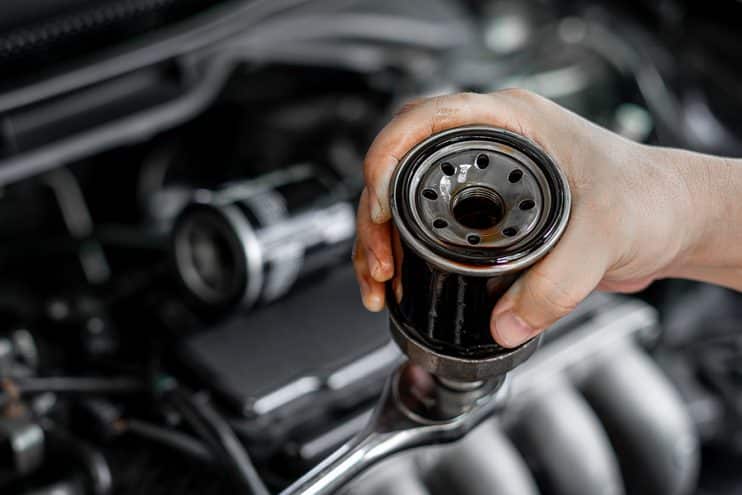
Oil filter
You will need: car jack, new filter
The oil filter removes small particles from your engine’s oil, helping keep it clean. Dirty oil will cause fatigue and problems and could lead to breakdowns.
Most manufacturers will recommend that you change your oil filter every time you change your oil. As a rule of thumb this should be every 10,000 miles or 12 months but varies for each car and make. You can only change the filter after you have drained the oil, so replace this part when you change the oil.
Replacing the oil filter is a simple case of jacking up your car and replacing the part in the underside of your vehicle. Unscrew the old part and screw the new part back in its place. It is advisable to put a touch of oil on the new gasket.
Timing belt
You will need: new gaskets, new belt, tensioner adjustment tool
Not one for the novices, the timing belt co-ordinates the movement between the crankshaft and the camshaft to make the valves open at the right time.
In older cars the established rule was to replace the timing belt roughly every 60,000 miles. However with the efficiency of modern cars this is now thought to be around every 100,000 miles. It is also an established fact that many manufacturers would often advise early replacement and that your owner’s manual may be a little keen when it comes to the service window.
Replacing this part involves draining coolant, removing tensioner bolts and synchronising the cam and cranks. We’d strongly recommend you get the work completed in a garage.

Air filters
You will need: Phillips screwdriver, flat screwdriver
As you’d expect air filters clean the harmful particulates from the air before it enters your car’s engine. It is essential in maintaining the good function of the car and prevents damage to the engine.
When the filters are getting old this will lead to a decrease in performance and problems with starting. Other signs it needs replacing include a misfiring engine and noises coming from the front of the car.
It’s a relatively easy part to replace requiring a simple swap procedure. Make sure you remove all the clips first. Then simply open the airbox, remove the old one from its seating and lift it out before replacing it with a new part.
Spark plugs
You will need: socket set, socket spanner, extension arm, pliers
Spark plugs need replacing roughly every two years or 20,000 miles, but these figures vary for each car and make. They provide the vital spark to the pistons to ignite the fuel in the engine. If you do replace spark plugs it is advisable to buy a quality brand as they will last longer.
You’ll know when the spark plugs are no longer functioning correctly as the car will stall, there could be problems with acceleration, you’ll experience starting issues. In fact, all the functions of your engine will be impeded.
Simply detach the spark plug from the car’s electrics, then using the socket set take the old spark plug out and put a new one in its place. These parts are designed to be serviceable, making this one of the easier jobs on the list. The only danger point is taking care when screwing spark plugs into place as you can easily damage the thread.
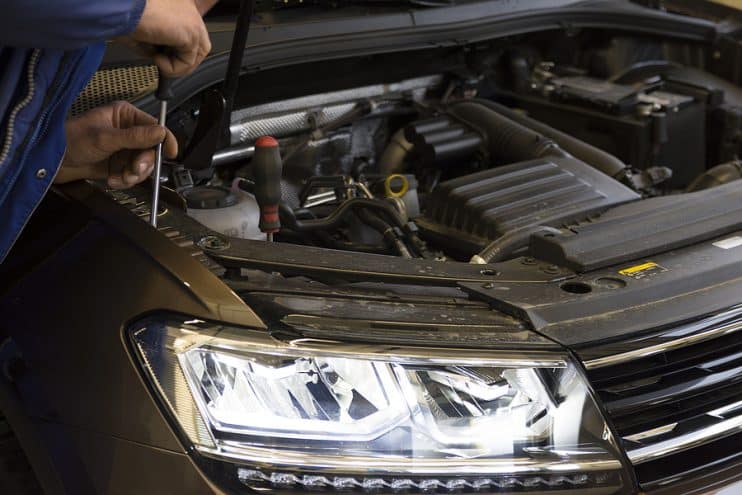
Lights
You will need: screwdriver
Car lights are essential for maintaining visibility in the adverse conditions, such as fog, heavy rain and darkness. Failure to have proper lights on your car is a criminal offence.
Testing car lights is fairly simple process. Get a friend or assistant to walk around the car as you activate the switches for the headlamps, sidelamps, indicators, brake lights and so on. They will be able to quickly alert you to a problematic or faulty light bulb, which will need replacing.
The replacement job should be fairly simple. Usually the whole assembly won’t need removing as you can access the bulb from inside the hood or bonnet of the car.
Brake parts
You will need: wheel nut spanner, jack, socket set, c-clamp, torque wrench
Brakes consist of a mechanism that’s used to slow down the car rapidly. It uses fluid in pipes to power a caliper system that grips a disc attached to the wheel in order to cause retardation.
Your car’s brakes will need period maintenance as this high friction mechanism is prone to wearing out. There are a number of symptoms that indicate brakes need servicing, such as an increase in stopping distance. Pads usually have a built in mechanism that creates a loud squealing sound when the part is ground down.
Brakes are made up of a number of serviceable parts that need changing including the pads, which grip onto the brake disc. Check out your owner’s manual for more information.
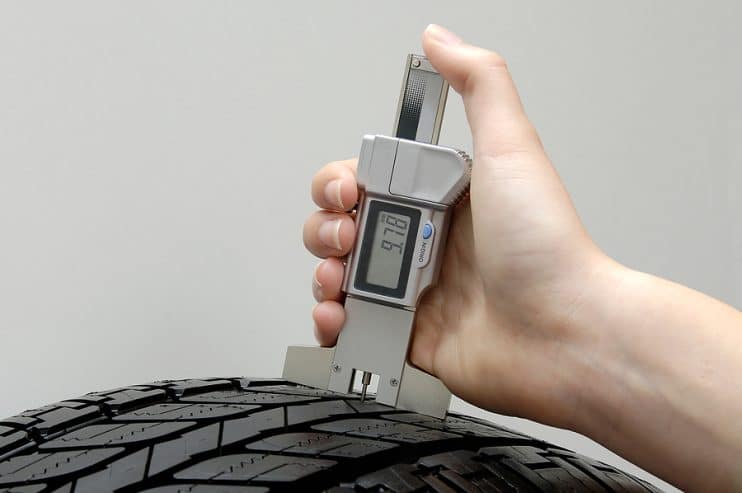
Tyres
You will need: tyre depth tester
Tyres are used to cushion the ride and provide grip to the road. When they are getting old and need replacing braking distances will increase and you may start to feel your vehicle sliding more on the road.
Tyres should be checked for the right amount of tread depth, the legal minimum is 1.6mm. If you do not have the right tread then the tyres are considered worn and you’ll need to find a new or second hand tyre with the appropriate legal tread depth.
To replace a tyre you’ll need to take your car to a tyre centre where you can buy replacements. Usually they will fit this to your car as part of the overall service.
Windscreen wipers
You will need: new wiper blades
Windscreen wipers are responsible for rapidly clearing water from your vehicle’s windows. They consist of a rubber blade that’s supported by a mechanism that supports the movement.
Look for problems with the blades. Any reduction in cleaning power accompanied by squeaking, smears or any other issues indicates that you need to change this part.
This is one of the easier tasks on the list requiring you to simply watch for smudges and problems with the wipers clearing water from the windows. If there are any difficulties simply clip the old blades out of the mechanism and insert the new ones.
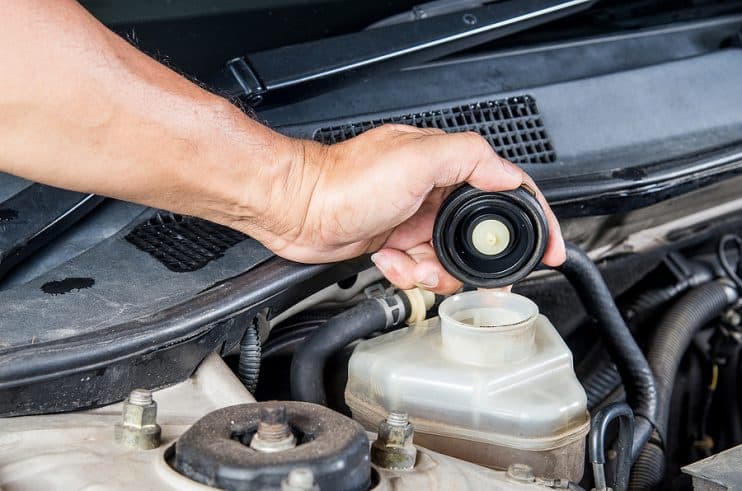
Brake fluid and coolant
You will need: funnel
Brake fluid is used to power the brakes in your vehicle, transmitting the energy of the pedal to the calipers at the wheels. Coolant is used to prevent your car engine from overheating.
You can tell when these fluids need refilling. A simple visual check on the appropriate reservoirs in your car will show you if the fluids need refilling together with the levels required.
Make sure that you always refill fluid reservoirs periodically on your car. You’ll want to do this before you embark on a journey as fluids can get hot and will become dangerous when heated. Check the outside of the reservoir for lines that indicate when you need to fill.
Battery
You will need: labels, screwdriver or socket set
Your car’s battery provides the electrical spark needed to power everything electrical in your vehicle. The alternator is used to recharge the battery whilst the car is in motion.
You’ll soon notice if your car has a problem with the battery as you won’t be able to start the car. Having to crank the engine is a definite sign there are problems and you’ll need to replace the part. Of course you can always use a multimeter to check there is current between the two poles.
Jump leads will help you out in a jiffy, but when it comes to replacing the battery this should be a fairly simple task. Use labels to identify the terminals and then use the screwdriver or socket spanner to remove any screws or bolts holding the battery in place.
And finally
Don’t forget that you have a massive resource of information online when it comes to servicing the easier parts in your vehicle. Youtube, Wikihow and Google are all good sources of information, and there may even be vehicle specific forums full of machine heads who love your make and model of car.
It is also good to contact a friend who knows more about vehicles to talk you through some of the more complex tasks, and who knows, it might even be fun to get down and dirty with the brakes, air filters or batteries. You may even be surprised at how easy many of these tasks are to complete.

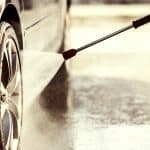




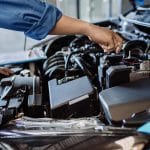
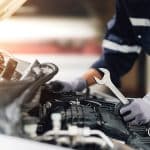
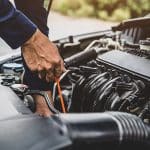

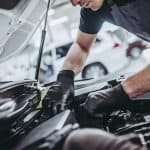
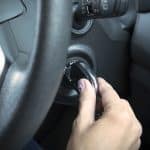

.png)